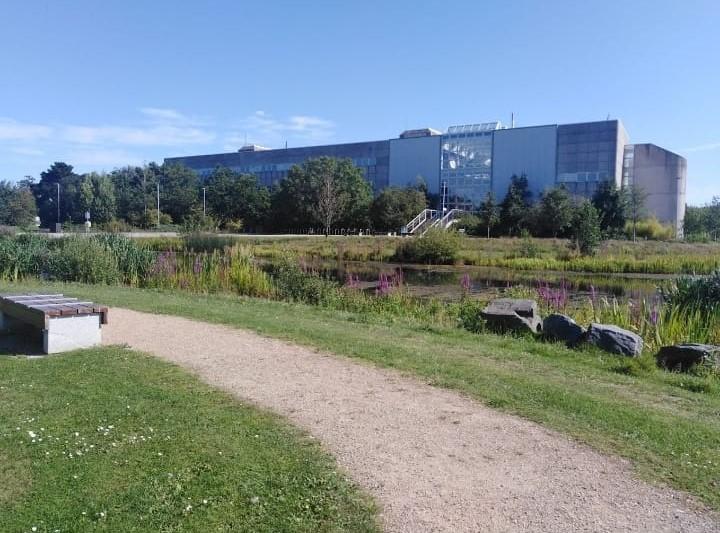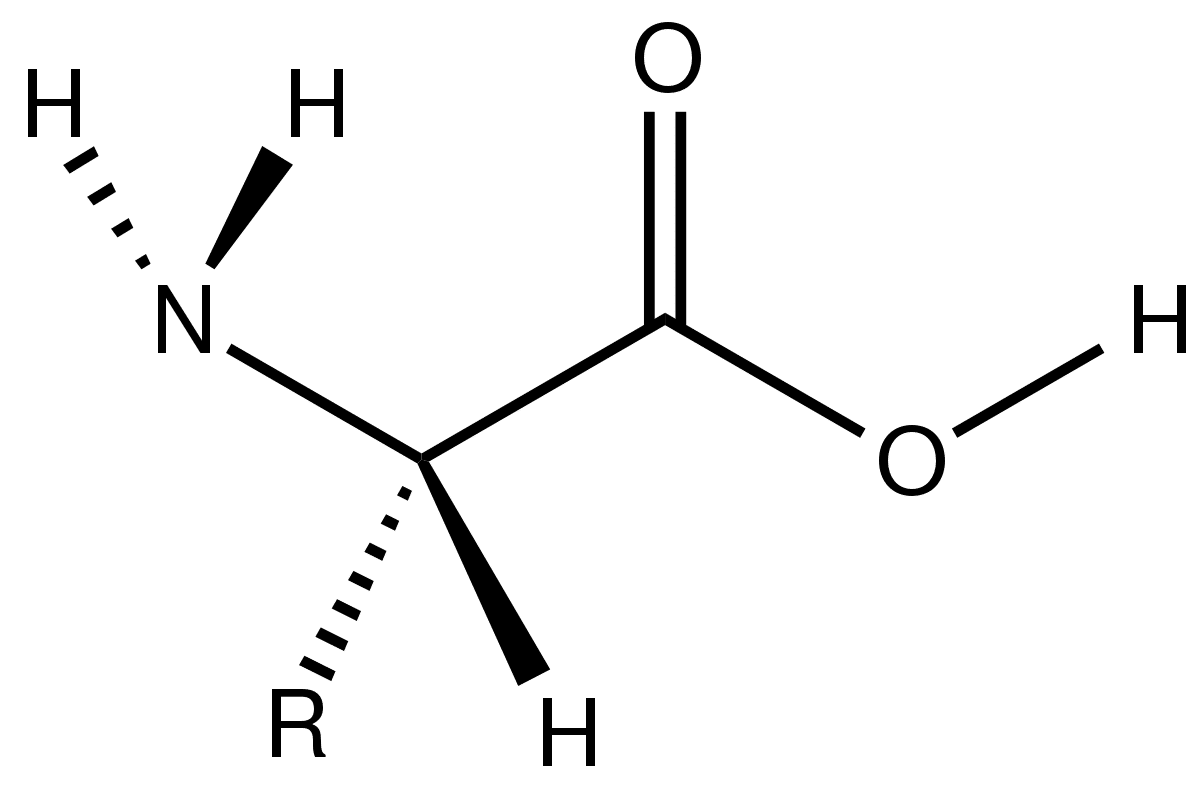The most prevalent element in our planet’s atmosphere is nitrogen. Nitrogen gas makes up around 78 percent of the atmosphere (N2). Nitrogen is converted from one chemical form to another as part of various biological activities. The nitrogen cycle is made up of the transformations that nitrogen goes through as it travels between the atmosphere, the land, and living organisms.

Table of Contents
why is the nitrogen cycle important?
Nitrogen is an essential component of all living things. It’s found in a variety of organisms and activities, including amino acids, proteins, and even our DNA. It’s also required for plants to produce chlorophyll, which is utilized in photosynthesis to produce food.
Frequently Asked Questions
1. How is nitrogen returned to the atmosphere during the nitrogen cycle?
Decomposers are microorganisms that break down complex nitrogen compounds found in dead organisms and animal feces. Simple nitrogen molecules are returned to the soil, where plants can utilize them to generate additional nitrates.
2. Why are bacteria a necessary part of the nitrogen cycle?
The nitrogen cycle is a set of activities that result in nitrogen and its compounds being interconverted in the atmosphere. Bacteria are necessary for the nitrogen cycle because plants cannot utilize air nitrogen directly.
3. How have humans impacted the nitrogen cycle?
Humans are disturbing the nitrogen cycle by changing the quantity of nitrogen stored in the biosphere, according to scientists. Fossil fuel burning is the main cause since it releases nitric oxides into the atmosphere, which mix with other components to produce smog and acid rain.
4. What is assimilation in the concept of the nitrogen cycle?
The process by which plants and animals assimilate NO3- and ammonia produced by nitrogen fixation and nitrification is known as assimilation. These types of nitrogen are taken up by plants through their roots and incorporated into plant proteins and nucleic acids.
5. What are the seven steps of the nitrogen cycle?
Nitrogen fixation, nitrogen assimilation, ammonification, nitrification, and denitrification are the categories for the stages, which are not always in order.
6. What is the nitrogen cycle for kids?
The nitrogen cycle illustrates how nitrogen is exchanged between plants, animals, microorganisms, the atmosphere (air), and the ground’s soil. Nitrogen is a critical component of all life on Earth. Nitrogen must change states in order to be utilized by different living forms on Earth.
More Links
Density of Water in g/ml-Accurate Value
O2 Molar Mass
Condensation Definition| Chemistry
Polar Covalent Bond
Metabolism| Definition, and Ways to Increase
Photosynthesis| Definition, and Process
What is the Molar Mass of Nitrogen?
- BCl3 Lewis Structure in four simple steps - November 1, 2023
- PH3 Lewis Structure in four simple steps - October 8, 2023
- PF3 Lewis structure in four simple steps - September 24, 2023



